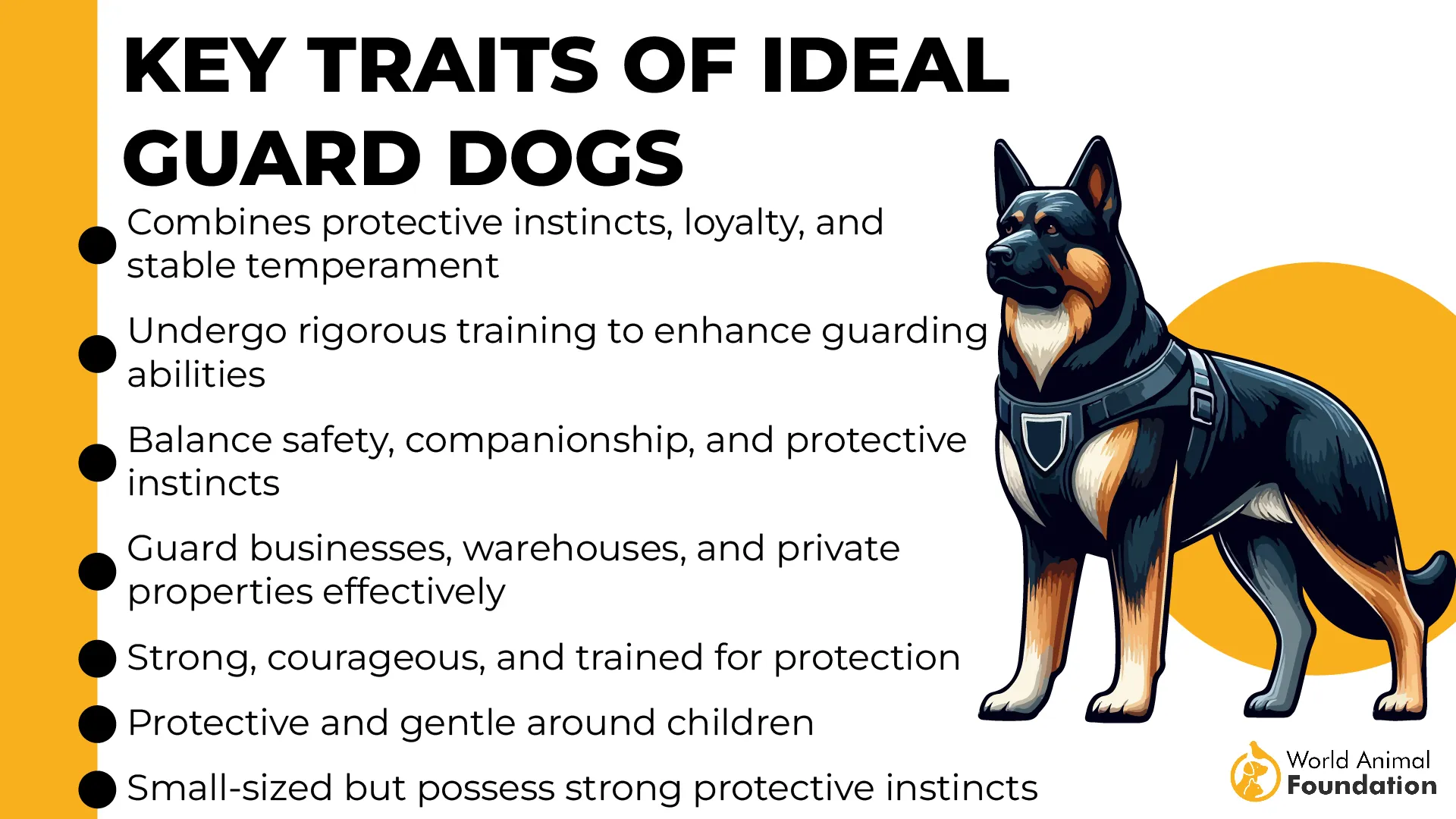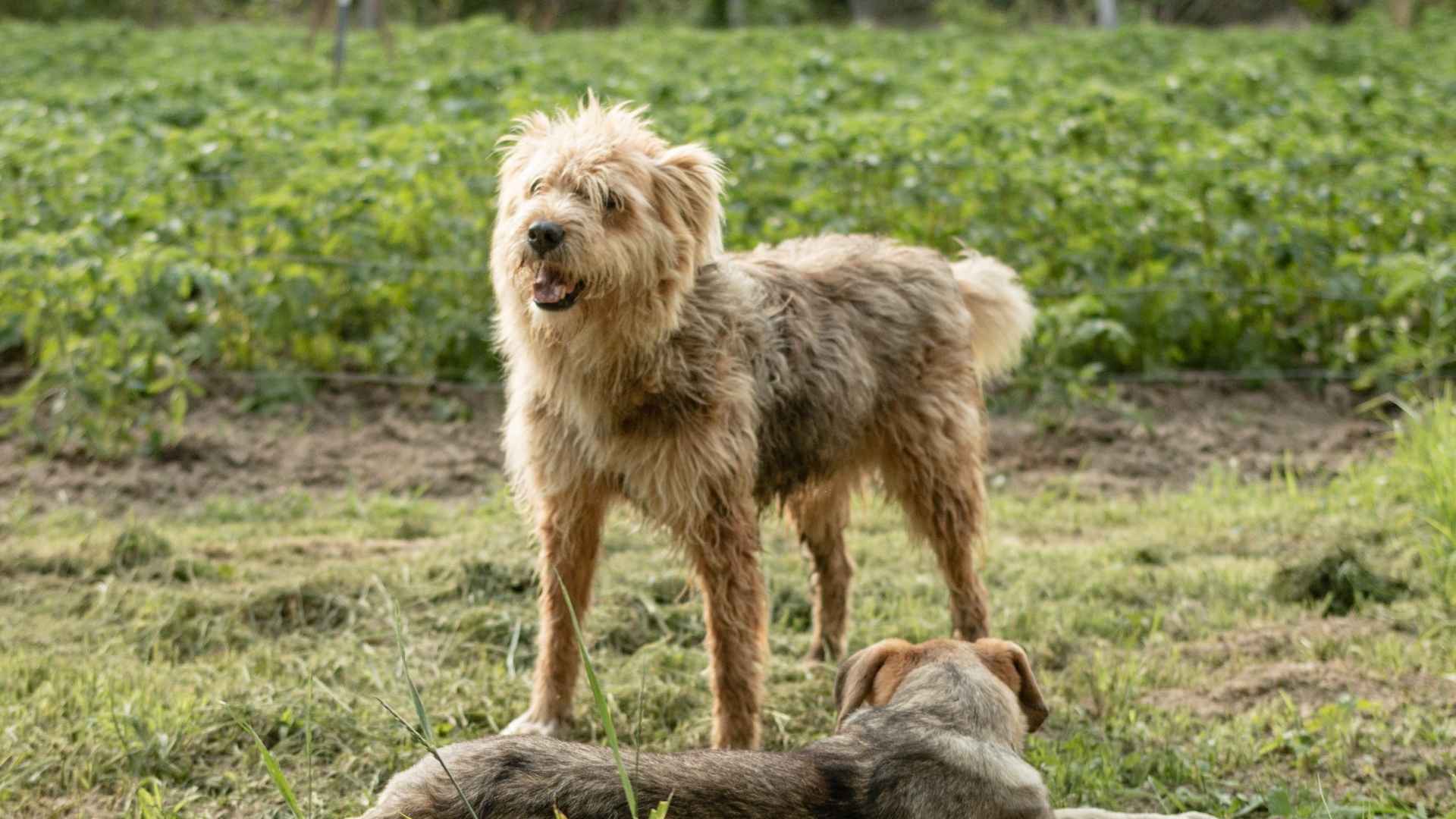Across the globe, beloved dog breeds have quietly vanished—lost not to storms or wars, but to the complexities of human influence and changing priorities. According to Researchgate, it’s estimated that purebred dog populations have lost over 90% of unique genetic variants in fewer than six generations, largely due to selective breeding practices that prioritize appearance over biological resilience.
A dog carefully bred for a purpose, a family, or even a culture, whose unique gene lineage can disappear when that function fades. In the sections ahead, we’ll explore how centuries‑old hunting companions, cultural icons, and regional working dogs—once thriving in their roles—disappeared.
We’ll trace their rise and fall through the ages of the Middle Ages, 19th and 20th centuries, and examine what we can learn to prevent modern breeds from following the same path.
Dog Breeds That Went Extinct
Here are seven extinct dog breeds:
1. Talbot
An ancient extinct dog breed from the Middle Ages, the Talbot Dog was once a symbol of loyalty and endurance on both the battlefield and in noble courts.
Originating in eighth-century France, this white tracking dog played a vital role in hunting and protection long before modern dog shows ever existed, as per Wikipedia.
Unique Traits of the Talbot Dog
Known for its sensitive nose, ideal for trailing scents over long distances.
Characterized by large floppy ears, a feature still seen in bloodhound breeds.
Not built for speed, but celebrated for remarkable stamina and scenting ability.
Often used to track thieves and accompany soldiers into battle.
Believed to be a foundational breed for the modern Beagle and Bloodhound.
The Talbot Dog’s legacy lives on through its descendants, despite its disappearance in the late 18th century. Through cross-breeding, it contributed to the creation of new lineages, showing how even dogs that went extinct can leave lasting pawprints in today’s most popular dog breeds.
2. Molossus
The Molossus was a legendary giant among ancient dog breeds—a powerful and loyal guardian that roamed the rugged lands of ancient Greece and what is now Albania. This millennia-old extinct dog breed was more than a pet; it was a protector, a hunter, and even a warrior.
Unique Traits of the Molossus
Originally from the Molossia region in Epirus, where it guarded homes and livestock.
Famous for its immense strength, used to intimidate enemies and protect its people.
Served as a military companion for Greek soldiers.
Frequently featured in ancient sculptures and artwork, a testament to its cultural impact.
Valued for its loyalty and fierce protective instincts.
The Molossus may no longer walk the earth, but its influence is deeply embedded in many modern breeds, especially mountain dogs and powerful guard dogs. It represents a time when dogs were bred not for appearance or sport, but for strength, loyalty, and survival.
3. Paisley Terrier
The Paisley Terrier may be one of the lesser-known extinct dog breeds, but its charm, elegance, and versatility made it a standout in its time. Originally bred in Scotland during the 19th century, this stylish pup was more than just a pretty face—it was also a functional companion.
Unique Traits of the Paisley Terrier
Known for its exceptionally soft, silky coat, earning it the nickname “Silky”.
Frequently featured on decorative boxes and merchandise to show off its long, luxurious fur.
Despite its dainty appearance, it could kill rats when needed, proving it had grit.
It makes an excellent house dog, beloved for its calm nature and affectionate personality.
Primarily bred as a show dog version of the working terrier.
While the Paisley Terrier eventually became extinct, its influence is still visible in other breeds like the Yorkshire Terrier. This beautiful breed reminds us that even the most glamorous small dogs can serve a purpose and contribute to the development of modern dog breeds through selective crossbreeding.
4. Hawaiian Poi Dog
The Hawaiian Poi Dog is a fascinating case of an extinct dog that served not only as a companion but also held cultural and spiritual value in ancient Hawaii. Semi-domesticated and descended from dogs brought by Polynesian settlers, this breed was closely linked to local life, rituals, and survival.
Unique Traits of the Hawaiian Poi Dog
Had short legs, long backs, flat heads, and pointy ears, as captured in an 1816 sketch by German explorer Louis Choris.
Known for being docile, affectionate, and friendly, especially with family members.
Sometimes described as dim-witted, but their calm nature made them ideal for homes and ceremonies.
A result of early Aboriginal hunting methods and limited genetic diversity on the islands.
Began to fade away in the 18th century after cross-breeding with imported animals brought by European settlers.
While the breed no longer exists, the poi dogs reflect Hawaii’s unique environment and customs. Their decline, like many extinct dogs, was fueled by mating with other breeds and the arrival of foreign animals, a common theme across several dog breeds that went extinct due to colonization and ecological change.
5. Salish Wool Dog
The Salish Wool Dog was one of the only dog breeds in North America specifically bred for its coat. Found in coastal communities of Washington State and British Columbia, it held both practical and spiritual importance for Indigenous peoples.
This Canadian breed was essential long before the rise of modern dog shows or individual breeds we know today.
Unique Traits of the Salish Wool Dog
Carefully kept separate from other breeds to preserve its rare, woolly fur
Small, with a curled tail and fox-like face, similar in appearance to mountain dogs of northern regions
Sheared like sheep—its coat was used to weave blankets and ceremonial garments
The breed’s numbers dwindled with the rise of imported animals and modern textiles; the last known specimen with wool-dog features died in 1940
Notable for being bred in isolation, making it one of the most genetically unique dogs that no longer exist
The story of the Salish Wool Dog is a reminder that not all extinct dog breeds were developed for guarding or hunting—some were integrated deeply into cultural life.
Its decline came with colonization and the introduction of new breed types from Europe, a pattern that would affect many extinct dogs.
6. Moscow Water Dog
Among the more obscure dog breeds that went extinct, the Moscow Water Dog stands out as a bold experiment in canine engineering by the Russian army during the early 20th century.
Bred by the famous Red Star Kennels, this large, muscular breed was intended to become the ultimate water rescue dog for military operations.
Unique Traits of the Moscow Water Dog
Bred specifically for water rescues, combining traits from large dogs like the Newfoundland and other dogs with strong swimming abilities
Thick, fluffy double coats made them ideal for cold-weather operations
Developed as a working dog for the Soviet Union’s armed forces
Despite their potential, the breed became extinct after repeated failures—many dogs turned aggressive and attacked drowning victims rather than assisting them
A case where cross-breeding led to behavioral issues rather than success
The Moscow Water Dog is a prime example of how some new breed programs—particularly those driven by utility rather than companionship—don’t always yield long-term results.
Unlike successful breeds like the modern Australian Shepherd or Labrador Retrievers, this ambitious project was short-lived.
7. Alpine Spaniel
The Alpine Spaniel was one of the great dog breeds of the 19th century, celebrated for its endurance and loyalty in the snowy, rugged terrain of the Alps.
These large dogs were closely associated with monastic communities, where they worked alongside monks to patrol mountain passes and help travelers in distress.
Unique Traits of the Alpine Spaniel
Known for their thick and rich coats, perfect for the freezing Alpine climate.
Bred as guard dogs for sheep and cattle, combining both protection and work capabilities.

Praised for their bravery and stamina in challenging terrain, they could work all day without tiring.
Contributed to the development of the beloved St. Bernard breed, a well-known breed today.
Played an early role in what we now think of as search and rescue dogs, assisting in mountainous rescues long before modern techniques existed.
The Alpine Spaniel disappeared over time, especially with changes in farming, climate, and the rise of more modern bloodhound breeds and show dog versions as companions.
Like the tweed water spaniel and cumberland sheepdog, the Alpine Spaniel left its mark in the lineage of today’s popular dog breeds.
Conclusion
The disappearance of many extinct dog breeds tells us more than just what was lost—it offers a fascinating glimpse into how dogs have adapted alongside humans for thousands of years. From specialized working dogs to loyal companions, these breeds were often the result of careful cross-breeding, cultural needs, and unique environmental factors.
In some cases, it was changes brought by European settlers, the effects of disease outbreaks, or the introduction of imported animals that led to their decline. These dogs left traits that live on in today’s well-known breeds, even if their own names are no longer recognized in dog shows or registries.


